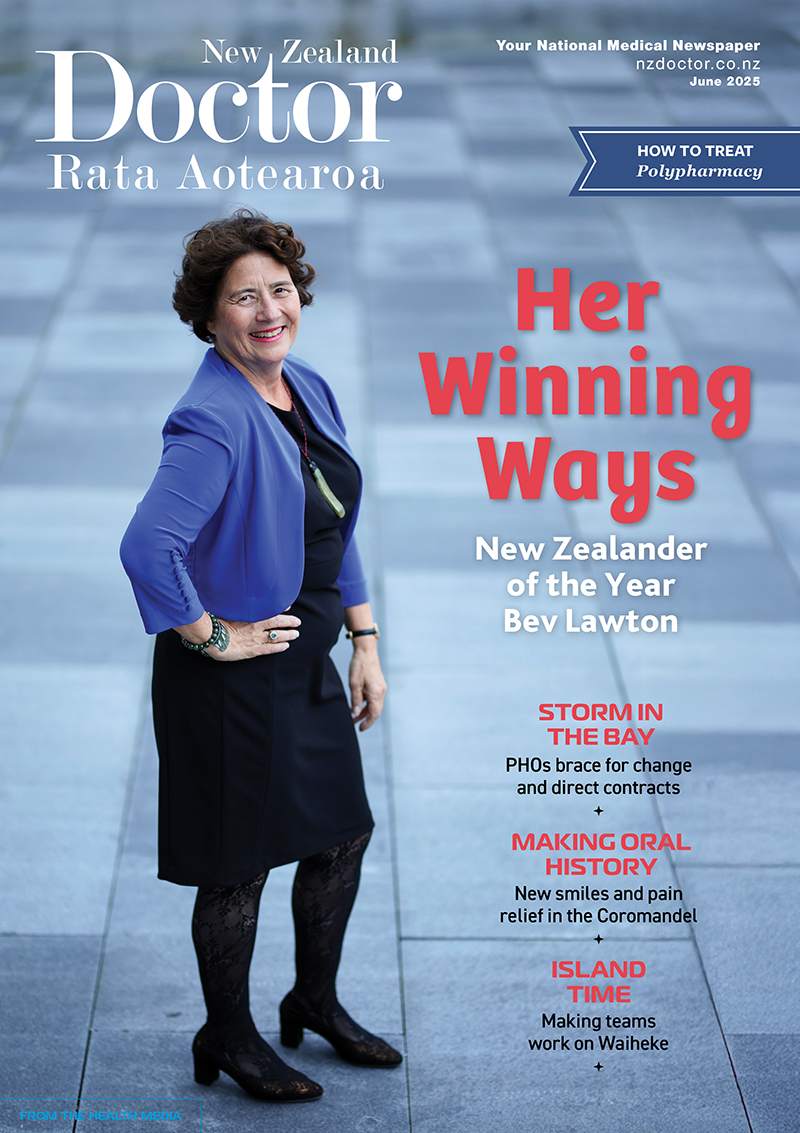For older people and frail people, the long-term benefit of medicines reduces and the potential for harm from adverse effects increases. When the benefit–risk balance changes in this way, medicine review and optimisation are important to simplify the therapeutic regimen, reduce inappropriate medicines and minimise risks. In this article, pharmacist prescriber Linda Bryant uses two case studies to illustrate important considerations during medicine reviews
Getting the balance of risks right with Bexsero and paracetamol
Getting the balance of risks right with Bexsero and paracetamol

The incidence of invasive meningococcal disease has increased over the last five years, with Māori and Pacific babies inequitably affected. Broader protection is now possible with the Bexsero vaccine, but careful coadministration of paracetamol is required to mitigate common adverse effects, says pharmacist prescriber Leanne Te Karu
Kia ora and welcome to New Zealand Doctor Rata Aotearoa
Not a subscriber? Unlock this article by subscribing here.
1. Burton C, Best E, Broom M, et al. Pediatric invasive meningococcal disease, Auckland, New Zealand (Aotearoa), 2004-2020. Emerg Infect Dis 2023;29(4):686–95.
2. ESR. Meningococcal disease.
3. Martinón-Torres F, Banzhoff A, Azzari C, et al. Recent advances in meningococcal B disease prevention: real-world evidence from 4CMenB vaccination. J Infect 2021;83(1):17–26.
4. De Serres G, Billard MN, Gariépy MC, et al. Short-term safety of 4CMenB vaccine during a mass meningococcal B vaccination campaign in Quebec, Canada. Vaccine 2018;36(52):8039–46.
5. Kumpula EK, Paterson DA, Pomerleau AC. A retrospective analysis of therapeutic drug exposures in New Zealand National Poisons Centre data 2018-2020. Aust N Z J Public Health 2023;47(2):100027.
6. UK National Health Service. How and when to give paracetamol for children.



